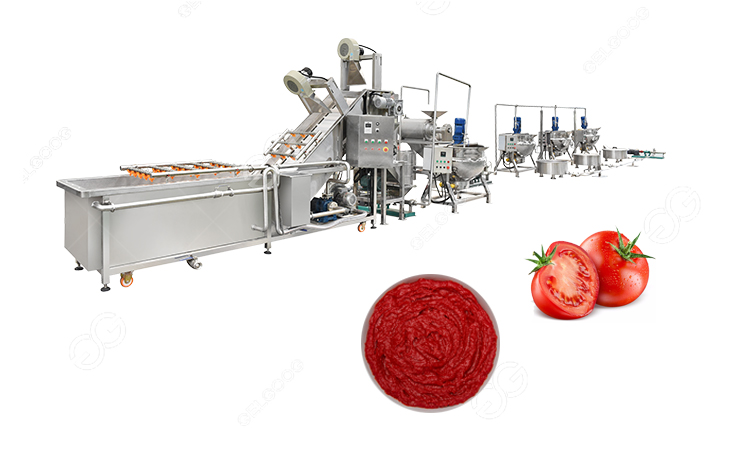How Is Tomato Paste Manufactured?
Tomato paste is a versatile and essential ingredient in countless cuisines around the world, adding depth, richness, and flavor to a variety of dishes. Have you ever wondered how this concentrated tomato goodness makes its way from the farm to your kitchen? In this article, we'll explore how is tomato paste manufactured.

Selecting the right tomatoes
The journey begins with the selection of the finest tomatoes. Tomato paste manufacturers often choose specific varieties known for their rich flavor and vibrant color. These tomatoes are usually harvested at their peak ripeness to ensure optimal taste and nutritional value.
Sorting and washing
Once harvested, the tomatoes undergo a meticulous sorting process to eliminate any damaged or overripe fruits. Subsequently, they are thoroughly washed to remove dirt, debris, and any pesticide residues. Cleanliness is a critical factor in ensuring the quality and safety of the final product.
Peeling and seed removal
To create a smooth and uniform paste, the tomatoes are typically subjected to a peeling process. This involves exposing them to hot water or steam, causing the skin to loosen and making it easier to remove. Additionally, seeds are often extracted to enhance the paste's texture and eliminate bitterness.
Juicing and pulp extraction
After peeling and seed removal, the tomatoes are crushed to extract their juice and pulp. This mixture undergoes further processing to separate the liquid from the solid components. The result is a thick, pulpy substance that forms the base of the tomato paste.
Evaporation and concentration
The extracted tomato juice and pulp are then heated to remove excess water through a process known as evaporation. This concentration step is crucial for transforming the liquid into a dense, concentrated paste. The temperature and duration of this process are carefully controlled to preserve the natural flavors and colors of the tomatoes.
Pasteurization
To ensure the safety and longevity of the product, the concentrated tomato paste is pasteurized. Pasteurization involves heating the paste to a specific temperature for a set duration, effectively destroying harmful microorganisms and enzymes. This step is vital for achieving a stable product that can be stored without the need for excessive preservatives.
Packaging
Once pasteurized, the tomato paste is ready for packaging. Manufacturers use aseptic packaging methods to maintain the product's freshness and quality over an extended period. Common packaging formats include cans, jars, and tubes, each offering different advantages in terms of convenience and shelf life.
From the sun-drenched fields where tomatoes are carefully cultivated to the state-of-the-art factories where they undergo a transformative journey, the manufacturing of tomato paste is a testament to precision, quality control, and dedication to flavor. If you want to start a tomato paste business and need tomato paste production line, contact us now.
